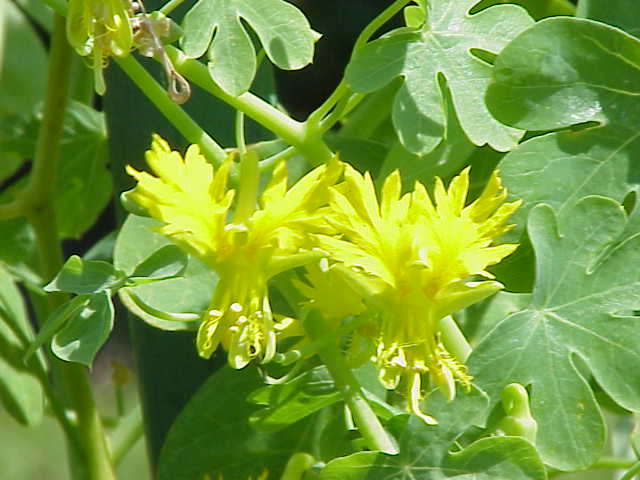Canary Vine Seed Propagation – Germinating And Growing Canary Vine Seeds


The canary vine is a beautiful annual that produces lots of bright yellow flowers and is often grown for its vibrant color. It is virtually always grown from seed. Keep reading to learn more about canary vine seed propagation.
Propagating Canary Vine
Canary vine (Tropaeolum peregrinum), also commonly known as canary creeper, is a tender perennial that is hardy in zones 9 or 10 and warmer, which means that most gardeners treat it as an annual. Annual plants live their entire lives in one growing season and often come back the next year from seeds. This is almost always the method for propagating canary vine plants. Canary vine flowers bloom in late summer to early fall, forming their seeds afterward. The seeds can be collected, dried, and stored for the winter.
Preparing Canary Creeper Seeds for Planting
Canary creeper plants twine very easily, and young plants in nurseries have a tendency to get stuck together. Since the plants are so delicate and prone to twining like this, they are not often available as seedlings. Luckily, growing canary vine seeds is not difficult. Canary creeper seeds are much more likely to germinate if they’re prepped a little before they’re planted. It’s a good idea to soak the seeds in water for 24 hours. It’s even better to gently rub the outside of the seeds with a piece of sandpaper before soaking. Immediately after soaking, plant the seeds – don’t let them dry out again.
Growing Canary Vine Seeds
Canary creeper is not at all cold tolerant and should not be started outdoors until all chance of frost has passed. In warm climates, the seeds can be sown directly in the ground, but in most climates, it’s worthwhile to start the seeds indoors four to eight weeks before the average last frost of spring. Canary creeper seeds germinate in soil between 60 and 70 degrees F. (15-21 C.) and should be kept warm. Cover the seeds with ¼ to ½ inch (6 mm. to 1 cm.) of growing medium. The soil should be kept consistently moist but not soggy. Choose biodegradable starter pots if possible since canary vine roots don’t like to be disturbed. If sowing outdoors, thin your seedlings to one every 1 foot (31 cm.) once they are 4 inches (10 cm.) tall.
Sign up for the Gardening Know How newsletter today and receive a free copy of our e-book "How to Grow Delicious Tomatoes".

The only child of a horticulturist and an English teacher, Liz Baessler was destined to become a gardening editor. She has been with Gardening Know how since 2015, and a Senior Editor since 2020. She holds a BA in English from Brandeis University and an MA in English from the University of Geneva, Switzerland. After years of gardening in containers and community garden plots, she finally has a backyard of her own, which she is systematically filling with vegetables and flowers.